Fields Computer Science | Name John Backus Role Computer scientist | |
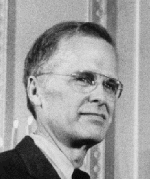 | ||
Born December 3, 1924Philadelphia, Pennsylvania ( 1924-12-03 ) Notable awards National Medal of Science (1975)ACM Turing Award (1977)Harold Pender Award (1983)Charles Stark Draper Prize (1993)Computer History Museum Fellow (1997) Awards Turing Award, Charles Stark Draper Prize, National Medal of Science for Mathematics and Computer Science Similar People Peter Naur, Bjarne Stroustrup, John McCarthy, Niklaus Wirth, Alan Perlis | ||
Oral history of john backus
John Warner Backus (December 3, 1924 – March 17, 2007) was an American computer scientist. He directed the team that invented and implemented FORTRAN, the first widely used high-level programming language, and was the inventor of the Backus–Naur form (BNF), a widely used notation to define formal language syntax. He later did research into the function-level programming paradigm, presenting his findings in his influential 1977 Turing Award lecture "Can Programming Be Liberated from the von Neumann Style?"
Contents
- Oral history of john backus
- John Backus Group Meeting IBM Research 5 July 1989
- Early life
- Fortran
- BackusNaur form
- Function level programming
- Awards and honors
- References
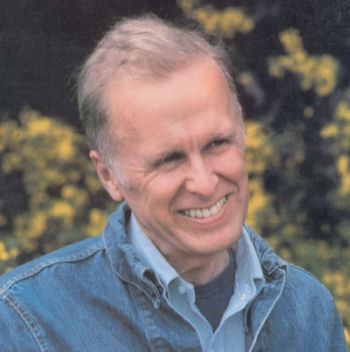
The IEEE awarded Backus the W. W. McDowell Award in 1967 for the development of FORTRAN. He received the National Medal of Science in 1975 and the 1977 ACM Turing Award “for profound, influential, and lasting contributions to the design of practical high-level programming systems, notably through his work on FORTRAN, and for publication of formal procedures for the specification of programming languages”.
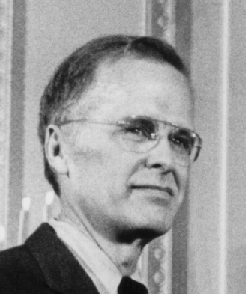
He retired in 1991 and died at his home in Ashland, Oregon on March 17, 2007.
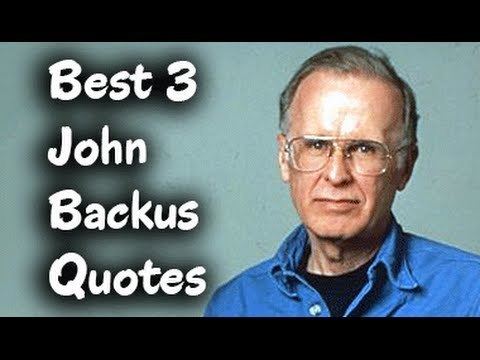
John Backus Group Meeting - IBM Research - 5 July 1989
Early life
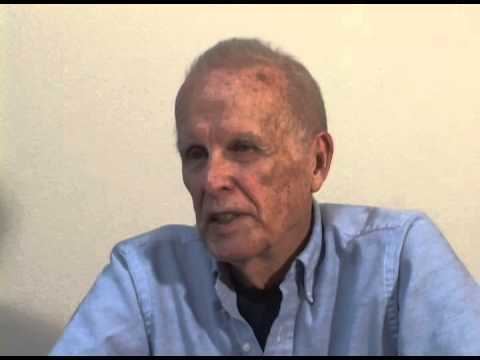
Backus was born in Philadelphia and grew up in nearby Wilmington, Delaware. He studied at The Hill School in Pottstown, Pennsylvania, and was apparently not a diligent student. After entering the University of Virginia to study chemistry, he quit and was conscripted into the U.S. Army. He began medical training at Haverford College and, during an internship at a hospital, he was diagnosed with a cranial bone tumor, which was successfully removed; a plate was installed in his head, and he ended medical training after nine months and a subsequent operation to replace the plate with one of his own design.
Fortran
After moving to New York City he trained initially as a radio technician and became interested in mathematics. He graduated from Columbia University with a bachelor's degree in 1949 and a master's degree in 1950, both in mathematics, and joined IBM in 1950. During his first three years, he worked on the Selective Sequence Electronic Calculator (SSEC); his first major project was to write a program to calculate positions of the Moon. In 1953 Backus developed the language Speedcoding, the first high-level language created for an IBM computer, to aid in software development for the IBM 701 computer.
Programming was very difficult at this time, and in 1954 Backus assembled a team to define and develop Fortran for the IBM 704 computer. Fortran was the first high-level programming language to be put to broad use.
Backus–Naur form
Backus served on the international committees that developed ALGOL 58 and the very influential ALGOL 60, which quickly became the de facto worldwide standard for publishing algorithms. Backus developed the Backus–Naur form (BNF), in the UNESCO report on ALGOL 58. It was a formal notation able to describe any context-free programming language, and was important in the development of compilers. This contribution helped Backus win the Turing Award.
Function-level programming
Backus later worked on a function-level programming language known as FP, which was described in his Turing Award lecture "Can Programming be Liberated from the von Neumann Style?". Sometimes viewed as Backus's apology for creating Fortran, this paper did less to garner interest in the FP language than to spark research into functional programming in general. When Backus publicized the function-level style of programming, his message was mostly misunderstood as being the same as traditional functional programming style languages.
FP was strongly inspired by Kenneth E. Iverson’s APL, even using a non-standard character set. An FP interpreter was distributed with the 4.2BSD Unix operating system, but there were relatively few implementations of the language, most of which were used for educational purposes.
Backus spent the latter part of his career developing FL (from "Function Level"), a successor to FP. FL was an internal IBM research project, and development of the language stopped when the project was finished. Only a few papers documenting it remain, and the source code of the compiler described in them was not made public. FL was at odds with functional programming languages being developed in the 1980s, most of which were based on the lambda calculus and static typing systems instead of, as in APL, the concatenation of primitive operations. Many of the language's ideas have now been implemented in versions of the J programming language, Iverson's successor to APL.
